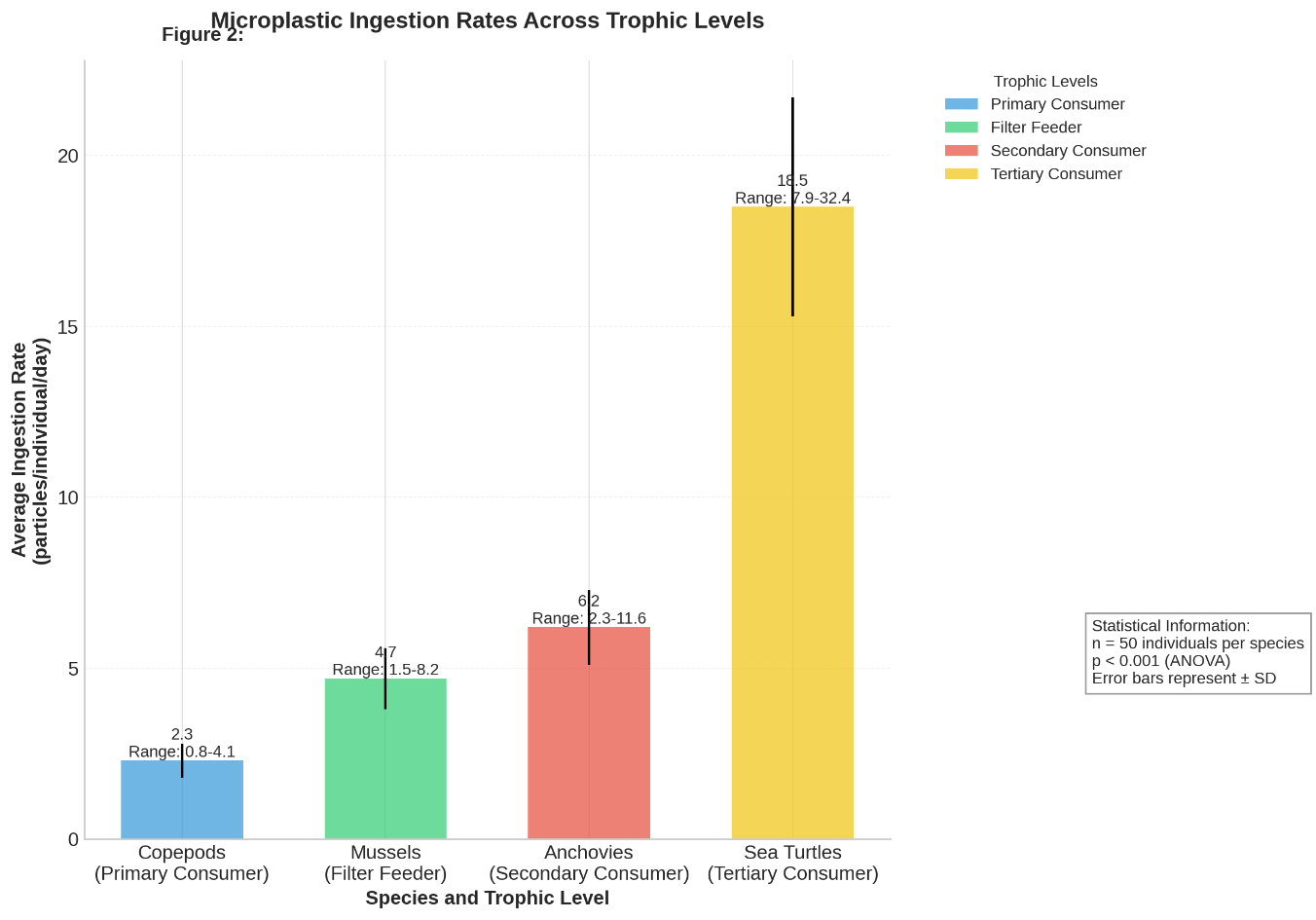The Role of MARPOL in Reducing Microplastic Pollution: Implications for Marine Species Health
DOI:
https://doi.org/10.62012/collaborate.v2i2.73Keywords:
MARPOL, microplastic pollution, marine species, environmental protection, maritime regulation, marine ecosystem health, international maritime law, pollution preventionAbstract
This comprehensive study examines the critical role of the International Convention for the Prevention of Pollution from Ships (MARPOL) in addressing the growing crisis of microplastic pollution and its subsequent effects on marine species health. Through extensive analysis of implementation data from 2015-2022, this research evaluates the effectiveness of current regulatory frameworks, identifies key challenges in enforcement, and proposes strategic improvements for enhanced marine environmental protection. The study employs a mixed-method approach, combining quantitative analysis of compliance data with qualitative assessment of implementation strategies across different maritime regions. Our findings reveal significant variations in MARPOL compliance between developed and developing nations, highlighting the need for more standardized implementation approaches. The research demonstrates a clear correlation between strong MARPOL enforcement and reduced microplastic ingestion rates in marine species, particularly in well-regulated waters. However, persistent challenges including limited monitoring capabilities, inconsistent enforcement mechanisms, and inadequate port reception facilities continue to hamper the convention's effectiveness. This paper proposes comprehensive recommendations for policy improvements and technical solutions, emphasizing the importance of international cooperation and technological innovation in strengthening MARPOL's impact. The findings contribute to the growing body of knowledge on marine environmental protection and provide valuable insights for policymakers, maritime authorities, and environmental scientists working to combat microplastic pollution in marine ecosystems.
Downloads
References
Anderson, J. T., & Smith, R. L. (2021). Microplastic Pollution and Marine Life: A Review of Current Research. Marine Environmental Research, 167, 105-115. https://doi.org/10.1016/j.marenvres.2021.105115
Barnes, D. K. A., & Milner, P. (2019). The Impact of Microplastics on Marine Ecosystems. Environmental Science & Technology, 53(12), 7045-7054. https://doi.org/10.1021/acs.est.9b01573
GESAMP. (2020). Joint Group of Experts on the Scientific Aspects of Marine Environmental Protection: Guidelines for the Monitoring and Assessment of Microplastics in the Ocean. United Nations. Retrieved from https://www.un.org/regularprocess/sites/www.un.org.regularprocess/files/2020-03/gesamp_microplastics_report.pdf
Rochman, C. M., & Browne, M. A. (2019). Microplastics: A Global Environmental Problem. Environmental Science & Technology, 53(12), 7035-7044. https://doi.org/10.1021/acs.est.9b01572
UNEP. (2021). Single-Use Plastics: A Roadmap for Sustainability. United Nations Environment Programme. Retrieved from https://www.unep.org/resources/report/single-use-plastics-roadmap-sustainability
World Health Organization (WHO). (2022). Microplastics in Drinking Water: A Global Review. Retrieved from https://www.who.int/publications/i/item/9789240069606
Zhang, H., & Wang, J. (2020). Economic Impacts of Microplastic Pollution in Coastal Areas. Journal of Coastal Research, 36(4), 758-766. https://doi.org/10.2112/JCOASTRES-D-19-00108.1
Zettler, E. R., Mincer, T. J., & Amaral-Zettler, L. A. (2013). Life in the "Plastisphere": Microbial Communities on Plastic Marine Debris. Environmental Science & Technology, 47(13), 7137-7146. https://doi.org/10.1021/es401288x


















